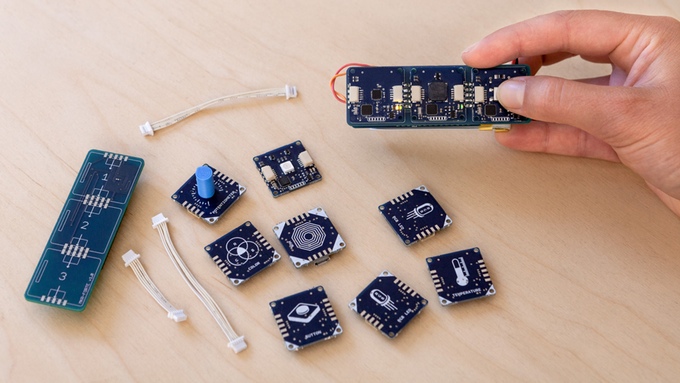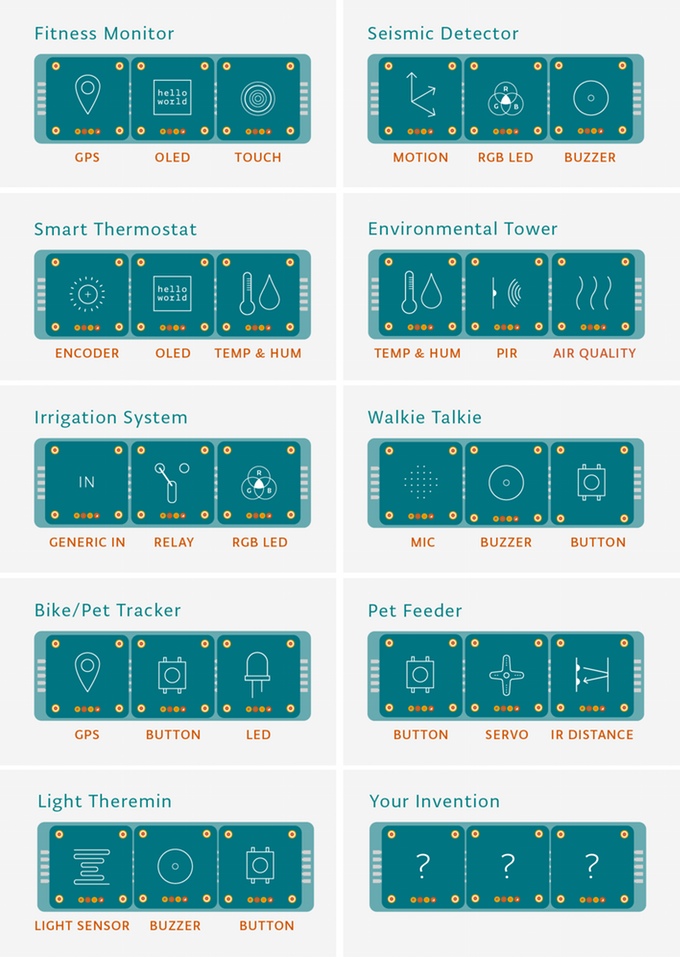ABB has sealed a collaboration agreement with International Business Machines Corp, the Swiss engineering company said on Tuesday, the latest step in its efforts to ramp up its presence in digital technology and the Internet of Things.
In a joint statement ABB said it would combine its digital offering, which gathers information from machinery, with IBM’s expertise in artificial intelligence featured in its Watson data analytics software. The two companies will jointly develop and sell new products.
“This powerful combination marks truly the next level of industrial technology, moving beyond current connected systems that simply gather data, to industrial operations and machines that use data to sense, analyse, optimise and take actions that drive greater uptime, speed and yield for industrial customers,” ABB Chief Executive Ulrich Spiesshofer said in a statement.
For example, instead of manual machinery inspections, ABB and IBM intend to use Watson’s artificial intelligence to help find defects via real-time images collected by an ABB system, and then analysed using IBM Watson.
ABB has identified digital technology – where machinery communicates with control centres to increase productivity and reduce downtime – as a driver of growth. It now gets around 55 percent of sales from products that are digitally enabled.
As part of the drive, the company last year signed a strategic partnership with Microsoft to roll out digital products for customers in the robotics, marine and ports, electric vehicles and renewable energy sectors.
To spearhead its strategy, it appointed former Cisco executive Guido Jouret as its first chief digital officer last year.
Reuters
Publish date: April 25, 2017 12:30 pm| Modified date: April 25, 2017 12:30 pm





